Pumps Guide
Power source
The power source determines the pump's performance, efficiency, and versatility. Pumps can be powered by electricity, hydraulics, petrol, or diesel. The Hyena Electric Water Pump is a powerful pump powered by a silent and efficient 1-horsepower electric motor, making it ideal for indoor use. Alternatively, for outdoor applications where electricity may not be available, The Tornado Petrol Transfer Pump is an excellent choice. This pump is powered by a reliable 2-stroke petrol engine, allowing for greater mobility and versatility. For heavy-duty tasks, such as in construction or mining, The Bulldozer Diesel Water Pump offers exceptional power with its 10-horsepower diesel engine. Each of these options caters to different power source requirements, ensuring you find the perfect pump for your specific needs.
Types of pumps available (centrifugal, submersible, air-operated, etc.)
One common type is the centrifugal pump, such as the Grundfos CR3 which is a horizontal multistage centrifugal pump. These pumps are designed to generate centrifugal force, allowing them to move fluids through piping systems efficiently. Another type is the submersible pump, like the ZOELLER M53 Mighty-Mate submersible sump pump. These pumps are designed to be fully submerged in the fluid they are pumping, making them ideal for applications such as drainage, sewage, and groundwater pumping. Lastly, air-operated pumps, such as the Aro Diaphragm Pump are powered by compressed air and are suitable for handling various fluid types, including chemicals, food ingredients, and paints.
Flow rate
The flow rate of a pump determines how much liquid or fluid it can move within a given time frame. This is usually measured in gallons per minute (GPM) or liters per minute (LPM).
For smaller residential or commercial applications such as sump pumps or small irrigation systems, a pump with a flow rate of around 10-20 GPM would be sufficient. One such example is the Wayne CDU980E Submersible Sump Pump with a maximum flow rate of 4,600 GPH (gallons per hour).
For larger applications such as agricultural or industrial use, a higher flow rate is required. In this case, a centrifugal pump like the Honda WB30XT Centrifugal Water Pump would be ideal. It offers an impressive flow rate of up to 290 GPM and can handle larger volumes of water efficiently.
In summary, selecting the best pump will depend on the desired flow rate, whether for small residential purposes or larger commercial or industrial applications.
Pressure capacity
It refers to the maximum pressure a pump can generate, which determines its suitability for specific applications. For low-pressure applications, such as transferring water or mild chemicals, a pump with a pressure capacity of around 20-80 psi is sufficient. An excellent example in this category is the FLUENTPOWER 1/3 HP Electric Submersible Pump. On the other hand, for heavy-duty tasks like irrigation or industrial use, you may require a high-pressure pump with capacities upwards of 100 psi. The WAYNE PC2 Portable Transfer Water Pump is an excellent choice for applications that demand a pressure capacity of 115 psi.
Now, let's delve into the different segments of pumps available on the market. In the low-pressure category, we have models like the Superior Pump 91250 1/4 HP Thermoplastic Submersible Utility Pump with a maximum pressure capacity of 30 psi, suitable for efficiently and quickly draining murky water or removing excess surface water from construction sites or basements. In the medium-pressure category (80-300 psi), you'll find versatile products like the BURCAM 506533SS 3/4 HP Stainless Steel Shallow Well Jet Pump that can be used for residential water supply, agricultural irrigation, or as a booster pump. Lastly, for applications requiring high-pressure performance (above 300 psi), the SCHRAIBERPUMP 1hp Deep Well Submersible Pump is an excellent choice for extracting water from wells without compromising efficiency or quality. Remember, picking a pump with the appropriate pressure capacity ensures optimal performance and meets the demands of your project.
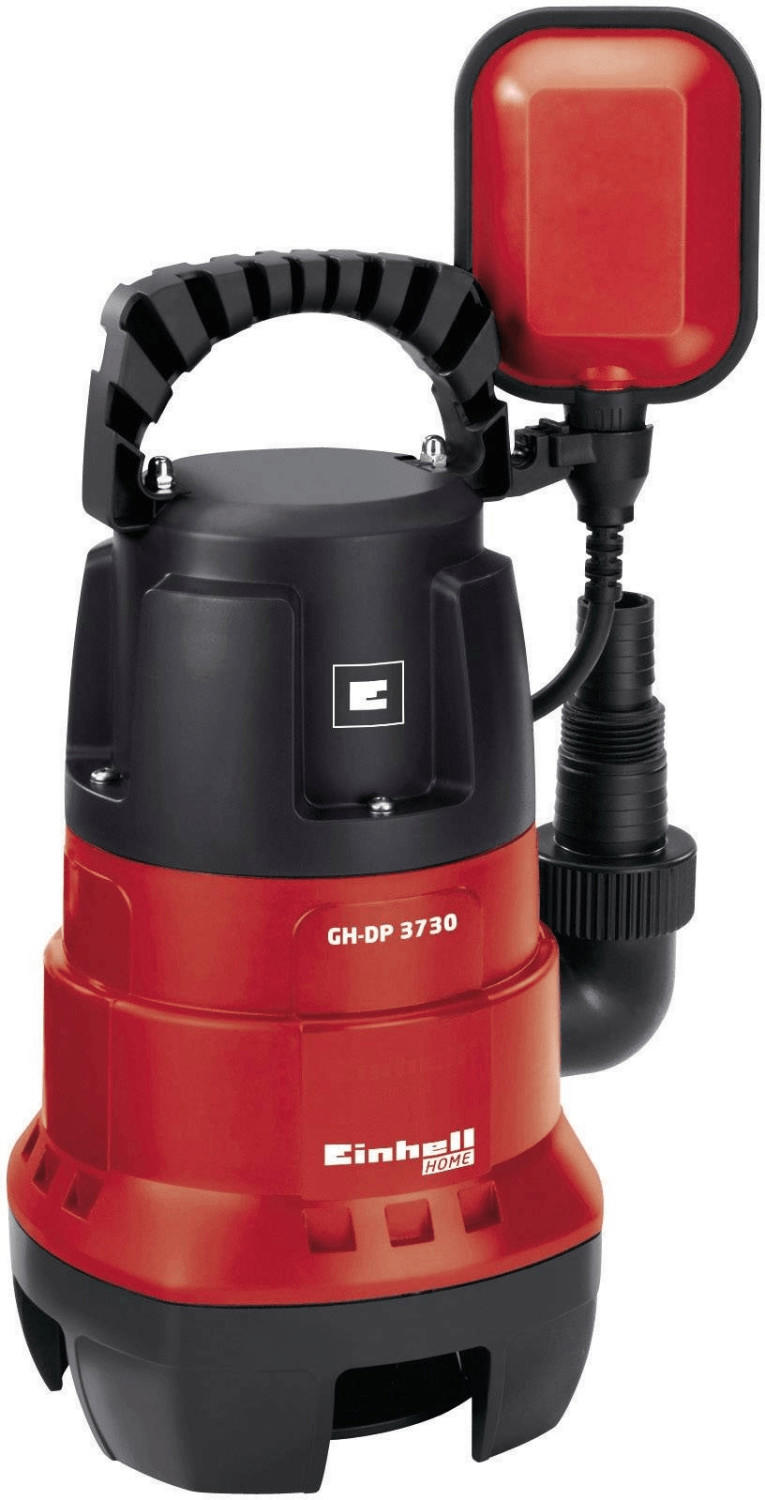
Pump material (stainless steel, cast iron, plastic, etc.)
Stainless steel pumps are known for their durability and corrosion resistance. They are suitable for a wide range of applications, including water transfer, irrigation, and wastewater handling. For example, the Goulds Model 3656 is a stainless steel pump that is designed for residential and commercial water applications.
Cast iron pumps are another commonly used material, known for their strength and longevity. They are suitable for handling tougher fluids and can endure high pressures. An example of a cast iron pump is the Liberty Pumps 287, which is designed for heavy-duty applications such as sewage pumping.
Plastic pumps, on the other hand, offer benefits such as cost-effectiveness and resistance to chemicals and corrosion. They are commonly used in industries such as food and beverage, pharmaceutical, and chemical processing. The Gorman-Rupp 03H1-GR is a plastic pump that is specifically designed for chemical transfer applications.
These are just a few examples of pumps made from different materials and their corresponding applications. Each material offers its own advantages, so it is important to consider the specific requirements of your pumping task when choosing the right pump material.
Pump size and weight
Smaller and lighter pumps are more convenient for tasks that require mobility or frequent repositioning, such as gardening or camping. The compact Oileus Mini Bike Pump is a great choice as it weighs only 3.5 ounces and measures just 4.3 inches in length, fitting easily in a pocket or backpack. For larger tasks like inflating sports equipment or pool floats, a larger yet still manageable option like the VIAIR 85P Portable Air Compressor would be suitable. This compressor weighs 4.95 pounds and measures 9.25 x 5.75 x 6.75 inches, providing enough power without being overly burdensome.
Maximum head and suction depth
The maximum head refers to the highest vertical distance a pump can effectively lift water. For example, the Wayne WLS200 with a maximum head of 25 feet is ideal for deep wells or water sources located at a significant height below ground level. On the other hand, the suction depth pertains to how far below the pump the water source can be placed. The Flotec FP217-810 is an excellent option, as it can draw water from up to 80 feet below the pump.
Some pumps in the market can be categorized in different groups based on their maximum head and suction depth capabilities. In the first group, we have pumps designed for shallow wells or water sources located near ground level, such as the Superior Pump 94105. For those requiring robust performance for medium-depth water sources, pumps with a maximum head of around 15-20 feet can be considered, such as the Wayne VIP25. Lastly, for situations with deep wells or considerable height differences, pumps like the Hallmark Industries MA0414X-7A with a maximum head above 30 feet are recommended. Regardless of your specific water source, carefully considering the maximum head and suction depth is crucial in selecting the right pump.
Noise level
No one wants a pump that constantly hums and distracts from their daily activities. Thankfully, there are several pumps on the market today that offer whisper-quiet operation. For example, the 'Medela Sonata' breast pump boasts a noise level as low as 42 decibels, ensuring a peaceful pumping experience without disturbing others in close proximity. Another excellent option is the 'Spectra S2' electric breast pump, which operates almost silently at a noise level of 45 decibels. These pumps use advanced technology such as closed-system and double-layered noise reduction panels to minimize noise while maintaining optimal pumping efficiency. With these quiet pumps, you can discreetly express milk without the annoying background noise.
Energy efficiency
This not only helps reduce operational costs but also minimizes the environmental impact. One product worth considering is the Grundfos ALPHA1 circulator pump. With an energy efficiency index (EEI) below 0.20, it surpasses market standards. This pump offers a variable-speed functionality that optimizes its performance to match the demand. Another example is the Wilo Stratos Eco pump, known for its high energy efficiency class A. With its optimized hydraulic design and low power consumption, this pump ensures minimal energy consumption. For larger-scale applications, Grundfos has the MAGNA3 pump, a product line that offers highly efficient circulator pumps suitable for heating, cooling, and domestic water systems. These pumps are classified as energy efficiency class A according to EuP2009 requirements, featuring settings that can further reduce power consumption in low-demand scenarios.
Portability
If you need a pump that you can easily carry and transport, there are several options available in the market. One example is the 'DEWALT DCC020IB' 20V MAX Inflator, which offers both corded and cordless operation, allowing for convenient portability. It is lightweight and compact, making it ideal for on-the-go use. Another portable option is the 'Superior Pump 91250' Utility Pump, designed for moving water quickly with its portable and durable construction. With a 1/4 horsepower motor, it can handle up to 1800 gallons per hour, providing efficient portability for a variety of water transfer needs. Other portable pumps include the 'WAYNE PC4' Portable Transfer Water Pump and the 'TERA PUMP Portable Siphon Pump', offering different features and specifications to suit various portable pumping requirements.
Self-priming capability
Self-priming pumps are designed to automatically prime themselves, enabling them to start without the need for manual priming or filling the pump casing with liquid. This feature is particularly useful when dealing with applications where the pump may run dry or when there are suction problems.
One example of a self-priming pump is the Goulds J5S Shallow Well Jet Pump that boasts a self-priming feature up to 25 feet. It is specifically designed for wells with a depth of 25 feet and can deliver a maximum flow rate of 21 gallons per minute. Another popular option is the Goulds GT15 1.5-HP Well Pump, capable of self-priming up to 25 feet as well and delivering a maximum flow rate of 50 gallons per minute. For larger applications, the Flotec FP5532 1.5-HP Cast Iron Sprinkler Pump shines with its self-priming ability up to 20 feet and a maximum flow rate of 68 gallons per minute. Remember, a vital aspect of choosing the right pump is understanding its self-priming capability to ensure optimal performance in specific applications.
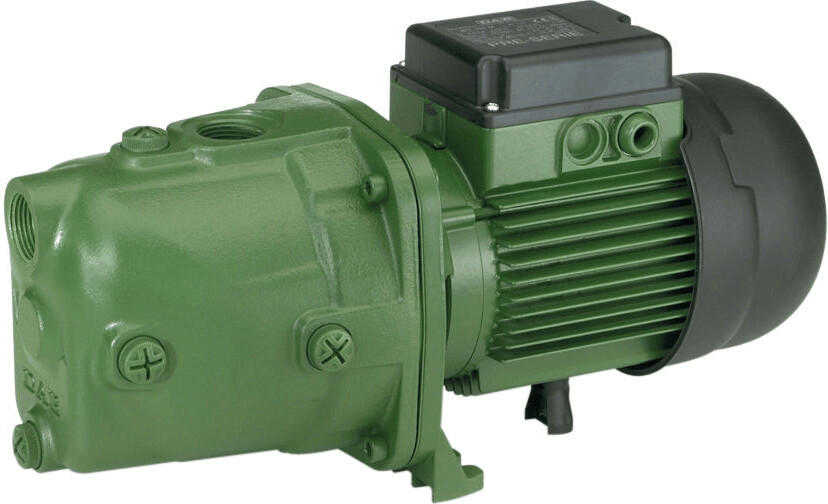

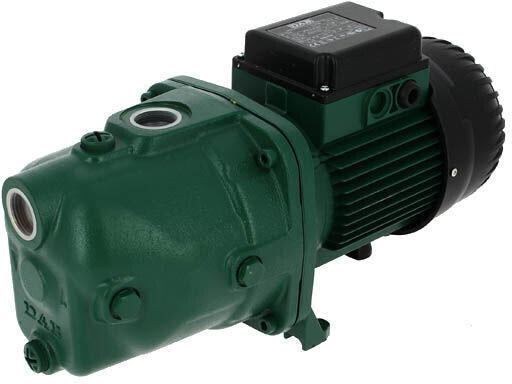
Solid handling capacity
This refers to the pump's ability to handle solids in the fluid being pumped, such as sediment, sand, or slurry. It is important to choose a pump that is specifically designed for the type and size of solids you will be dealing with.
There are several pumps available on the market that excel in solid handling capacity. For instance, the Flygt BIBO 2870 is a submersible dewatering pump that can handle solids up to 80mm in diameter. Another option is the Gorman-Rupp Super T Series, a self-priming centrifugal pump with interchangeable parts and a large solids handling capacity of up to 76mm.
To cater to different application needs, pumps with various solid handling capacities are offered. In the lower range, for handling smaller solids up to 25 or 30mm, pumps like the Grindex Matador or the Tsurumi HS3.75S-62 are reliable choices. On the other hand, for demanding applications with larger solids, pumps like the Godwin CD400M or the Cornell STX Series are designed to handle solids of up to 152mm in diameter.
Remember, considering the solid handling capacity is crucial to ensure that the chosen pump will effectively handle the specific solids in your application, prevent clogging, and maximize operational performance.
Chemical compatibility
It is imperative to ensure that the pump material is suitable for the specific chemicals being handled. Pumps are often made of various materials such as stainless steel, polypropylene, or PVC, and each material has different resistances to chemical corrosion and degradation.
In the case of aggressive or corrosive chemicals, it is recommended to choose pumps made from materials that offer high resistance. For example, the Flux F 550 S PVDF-Membrane Pump is an excellent choice when handling aggressive chemicals, thanks to its construction from PVDF (polyvinylidene fluoride), which provides exceptional chemical resistance and durability. Similarly, the Lutz PPS Drum Pump is highly recommended for acidic and alkaline solutions, as it is made from PPS (polyphenylene sulfide) to withstand the corrosive effects of these chemicals. Other notable pumps suitable for chemical compatibility include the Graco Husky 515 AODD Pump, featuring stainless steel construction for superior resistance against a wide range of chemicals, and the Fristam FZX Series Centrifugal Pump, designed with materials like stainless steel and FDA-compliant elastomers to handle clean-in-place (CIP) operations safely.
Corrosion resistance
Pumps that are resistant to corrosion are essential for applications in industries such as chemical processing, pharmaceuticals, and wastewater treatment. Two noteworthy products in this category are the Goulds 3298 Chemical Process Pumps and the Flowserve Durco Mark 3 ANSI Chemical Process Pumps.
The Goulds 3298 Chemical Process Pumps offer exceptional corrosion resistance due to their construction from materials like alloy 20, CD4MCu, and tantalum. These pumps are designed to handle corrosive fluids with ease and have a maximum capacity of up to 3800 gallons per minute (GPM). With options for different impeller sizes, they provide versatility to meet different application requirements.
On the other hand, the Flowserve Durco Mark 3 ANSI Chemical Process Pumps are renowned for their premium corrosion resistance. These pumps are constructed with materials such as alloy 20, Hastelloy, and titanium that offer excellent resistance against corrosive chemicals. With a flow capacity ranging from 10 GPM to 8000 GPM, these pumps are suitable for a wide range of industrial applications.
Other corrosion-resistant pump options include centrifugal pumps specifically designed for handling corrosive liquids. The Grundfos CRN Stainless Steel Multistage Centrifugal Pumps, available in various models and sizes, are ideal for corrosive environments. Additionally, the Warman MCR and MM Mud Pumps, designed to handle abrasive and corrosive slurry materials, are specialized options suited for mining and the extraction industries.
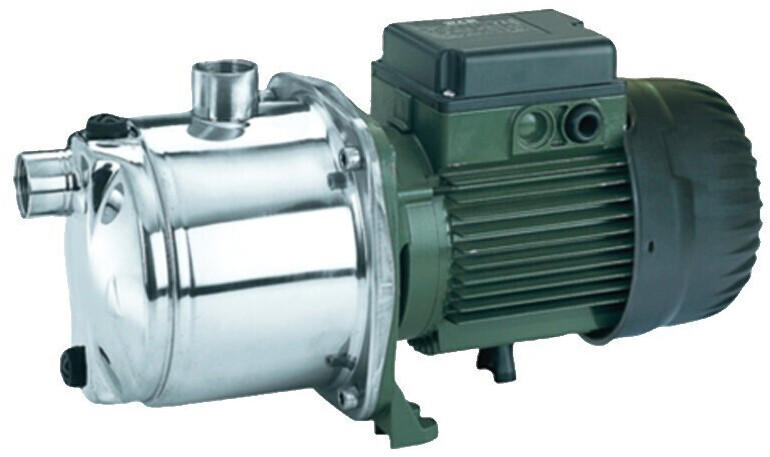
Level of automation
This refers to the extent to which a pump operates automatically without the need for manual intervention. There are different levels of automation available in pumps, ranging from manual pumps that require manual operation at each stage, to semi-automatic pumps that have some automated features, to fully automated pumps that can perform their functions without any manual input.
For example, the Grundfos UP Series of pumps offers varying levels of automation. Their basic models require manual operation, while their more advanced models like the Grundfos Alpha2 and Grundfos Magna3 have built-in control functions for self-adjusting the pump performance based on system requirements. These models offer features like constant pressure control and temperature sensing that allow for more accurate and efficient operation.
Another example is the Xylem Lowara E-Series range of pumps. They offer different levels of automation, including their manual models like the Lowara DOC pumps and their more advanced models like the Lowara e-SH series which has integrated electronic drives for automatic operation. These pumps are designed with advanced sensor technology to provide energy-efficient operation and self-adjusting performance.

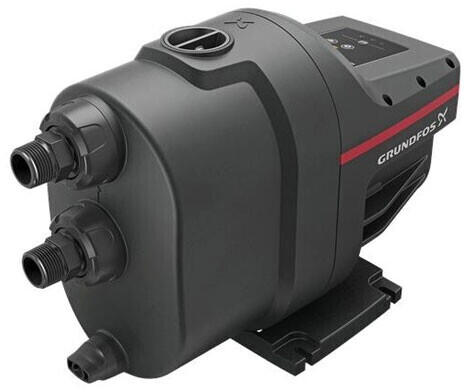
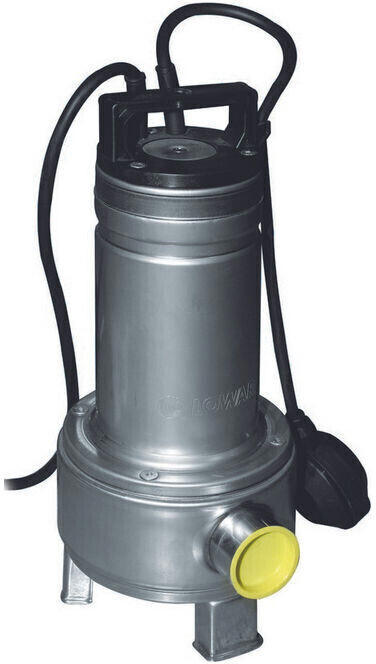
In summary, understanding the level of automation is crucial when choosing the best pumps for your needs. The market offers a wide range of pumps with varying levels of automation, and considering the specific requirements and desired functions can help you find the most suitable pump for your application.
Ease of installation
Look for pumps that offer simple and straightforward installation processes, saving you time and effort. One such example is the 'Grundfos BACMON' series, which features a compact design and easy wiring connections that streamline the installation process. Additionally, the 'Little Giant Inline 400' pump is renowned for its simple integration into existing plumbing systems, thanks to its user-friendly interface and quick-connect ports. These pumps enable seamless installation, allowing you to get your system up and running with ease.
* Grundfos BACMON series - Specifically designed for user-friendly installations, it ensures quick and hassle-free setup. With features like threaded port connections and an efficient control box, it simplifies the installation process.
* Little Giant Inline 400 - Known for its simple integration, this pump comes with a pre-wired pump control box for easy installation. Its compact design allows installation in tight spaces, and the quick-connect ports make plumbing connections a breeze.
Maintenance requirements
Some pumps may require regular maintenance and inspections, while others offer low-maintenance solutions. For example, the Motor-driven Centrifugal Pumps by XYZ Ltd. come with a self-lubricating system, reducing the need for regular manual lubrication. Additionally, their high-quality materials ensure durability and extended service life, resulting in minimal maintenance. Another option could be the Magnetic Drive Pumps offered by ABC Inc., which eliminate the need for shaft seals, reducing the risk of leaks and simplifying maintenance tasks. These pumps are constructed with chemical-resistant materials such as polypropylene and ETFE, ensuring the longevity of the pump and minimizing the frequency of required maintenance. Such low-maintenance pumps are particularly useful for industries like chemical processing, wastewater treatment, and industrial manufacturing.
Lifespan and durability
A high-quality pump that is designed to last will not only save you money in the long run but will also minimize maintenance and downtime. One example of a durable and long-lasting pump is the XtremepowerUS 1.5HP Inground Pool Pump. With a heavy-duty construction and a corrosion-proof polymer used in its build, this pump can withstand various weather conditions and constant use, ensuring a longer lifespan. Similarly, the WAYNE CDU800 1/2 HP Submersible Cast Iron and Steel Sump Pump is designed with a durable cast iron and steel construction, making it resistant to corrosion and capable of handling tough conditions for extended periods of time. It features a robust motor and a cast iron base for added stability and durability. These products exemplify the importance of considering the lifespan and durability when choosing the right pump for your needs.
Type of liquid to be pumped (water, chemicals, oil, etc.)
Various fluids have different properties that may require specific pump features and materials for optimum performance. For water, the Grundfos CM Booster Self-Priming Centrifugal Pump is a reliable choice with its corrosion-resistant stainless steel construction and quiet operation. For chemical pumping needs, the March Magnetic Drive Pumps provide excellent chemical compatibility due to their Polypropylene or ETFE construction, preventing any leaks or contamination. When dealing with oil, the Graco FireBall 300 50:1 Air-Operated Grease Pump offers an efficient solution with its high volume capacity and robust design to handle viscous fluids effectively. It is crucial to match the pump to the liquid being transferred for maximum efficiency and longevity.
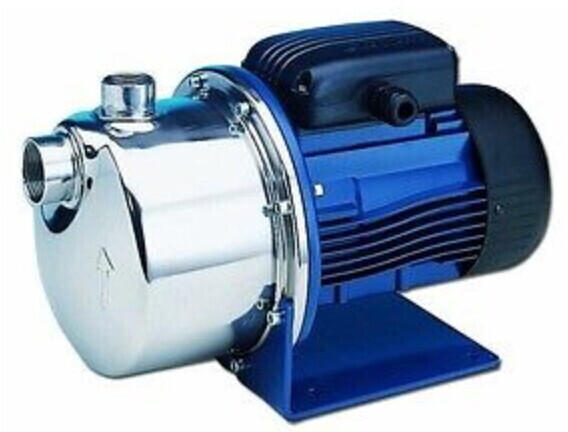

Temperature resistance
Different pumping applications may require pumps that can withstand varying temperature extremes. For high-temperature applications, it is essential to select pumps that are specifically designed to handle hot fluids and maintain their performance even in extreme heat conditions. One example of such a pump is the Grundfos TP(C) vertical in-line pump which has a maximum operating temperature of up to 140°C (284°F). This pump is ideal for hot water circulation in heating systems, district heating plants, and industrial processes.
In contrast, for pumping applications that involve low temperatures, it is crucial to choose pumps that can handle sub-zero conditions without any performance degradation. An excellent example in this category is the KSB Etabloc GNX end-suction pump which can operate at temperatures as low as -30°C (-22°F). This pump is suitable for cold environments and is ideal for applications in refrigeration, air conditioning, and chilling systems. By considering specific temperature resistance requirements, you can ensure that you choose the right pump for your specific application needs.
Cavitation resistance
Cavitation occurs when vapour bubbles are formed in the pump due to low pressure areas, which then collapse when they enter areas of higher pressure. This can cause damage to the pump's components, reducing its overall performance and lifespan. To mitigate cavitation, it’s essential to select a pump that is specifically designed to resist it.
One such pump is the Goulds 3196 i-FRAME which is known for its exceptional cavitation resistance. With a radial split volute design, it utilizes a double-suction, first-stage impeller that helps maintain uniform and balanced flow, reducing the likelihood of cavitation. Additionally, the Flowserve Durco Mark 3 pump is also extensively used for its cavitation resistant capabilities. Equipped with a back pull-out design, it allows for convenient maintenance while a semi-open impeller provides excellent resistance against cavitation. Both of these pumps are well-suited for high-pressure applications and are trusted choices among industrial users.
Protection against dry running
Dry running occurs when a pump operates without any substance to pump, leading to the pump overheating and potentially suffering damage. To ensure protection against dry running, it is recommended to look for pumps with built-in dry run protection mechanisms.
One example of a pump that offers protection against dry running is the Grundfos CRE pump series. These pumps come equipped with a built-in dry run protection system that detects when water levels are low or absent and automatically shuts off the pump to prevent dry running. Another option is the Xylem Goulds' IPP Series pumps, which also feature a dry run protection mechanism that prevents the pump from running when there is insufficient liquid in the system.

In terms of product segmentation, pumps with dry run protection features can be grouped into two categories based on functionality: single-stage pumps and multistage pumps. Some noteworthy single-stage pumps with dry run protection include the ABB Aquamaster 4 pump and the Grundfos Unilift CC pump. For those in need of multistage pumps, suitable options include the Xylem e-HM series pumps and the Wilo Hi-Multi Boost CM</sub>Ap/Bg</sup> pumps.

Temperature and pressure regulation features
These features help ensure that the pump operates efficiently and safely under various conditions. One example of a pump that excels in temperature regulation is Grundfos UP26-96SF. This pump is equipped with a built-in thermostat that automatically regulates the temperature, preventing overheating and ensuring optimal performance. Another important aspect to consider is pressure regulation. The Bell & Gossett 106189LF Series 100 pump is specifically designed to handle the challenging applications with high-pressure requirements. With its adjustable pressure setting and self-regulating mechanism, it delivers consistent pressure performance while protecting the system from excess pressure. Additionally, the Weinman PT Series is engineered for applications requiring lower pressure levels, providing precise control with its pressure regulation capabilities.
Adjustable speed controls
These controls allow you to vary the speed of the pump, thus providing greater flexibility and control over its performance. A prime example of a pump with adjustable speed controls is the 'Grundfos ALPHA1' circulating pump. This pump offers a wide range of adjustable speeds and features an intuitive user interface for easy control. Additionally, the 'Taco 0015e3' ECM high-efficiency circulator is another excellent choice with adjustable speed controls. It utilizes advanced electronics to match the current demand and instantly adjusts its speed accordingly, resulting in energy savings of up to 85%. Both of these pumps are highly efficient and reliable options to consider when looking for a pump with adjustable speed controls.
Vibration dampening capabilities
Vibration can not only create noise and discomfort, but it can also pose a risk to the durability and reliability of the pump and its components. Look for pumps that are designed with advanced vibration dampening technologies such as shock-absorbing feet or insulated motor mounts. One example of a pump with excellent vibration dampening capabilities is the Grundfos MAGNA3 circulation pump. It features a unique Anti-vibration Plate that effectively reduces noise and vibrations, ensuring quiet operation. Another option is the Taco 007-F5 cast iron circulator pump, which is equipped with a specialized cartridge design that minimizes vibrations for smooth and quiet performance.
Interface options (digital displays, control panels, etc.)
Digital displays and control panels are essential features that make it easy to monitor and manage the operation of the pumps. They provide real-time information such as flow rates, pressure levels, and the current status of the pumps. One notable product that offers an advanced interface option is the Grundfos Scala2 water booster pump. It comes with a built-in control panel that displays information on a clear and intuitive LCD screen. The control panel allows users to adjust settings, view performance data, and diagnose any issues that may occur.
Another group of pumps that offer excellent interface options are the submersible sewage pumps. These workhorses are designed to handle the toughest applications, and many models come with an interface option that includes an alarm system. This enables users to be alerted in case of any abnormal conditions or malfunctions. An example is the Zoeller M264 Waste-Mate Sewage Pump, which features a control panel with an alarm that can be easily installed and programmed to fit specific needs. It ensures reliable and safe operation by providing information on system status through its interface.
With these interface options, keeping track of pump performance and quickly identifying any issues becomes effortless, ultimately leading to improved efficiency and minimizing downtime.
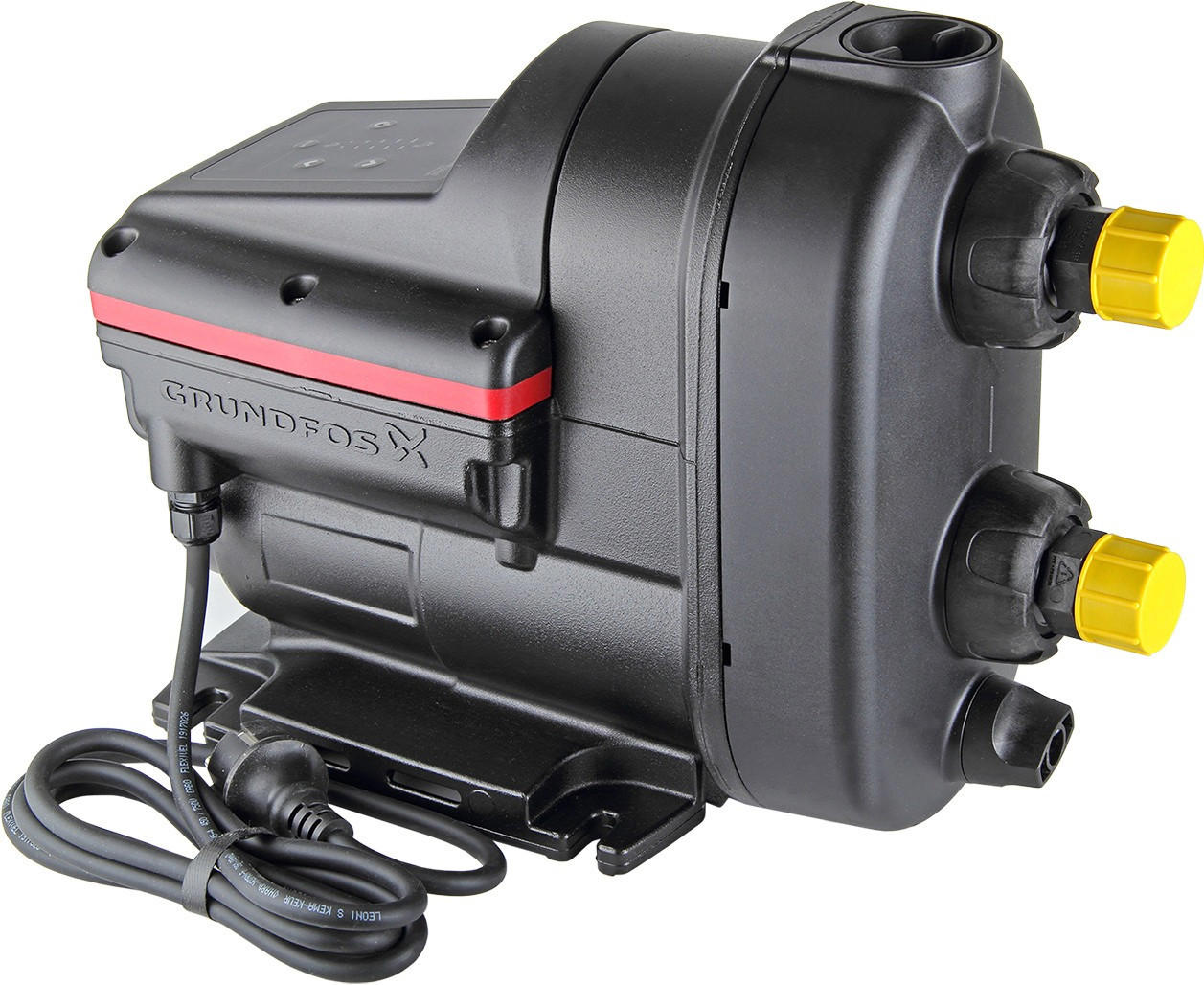
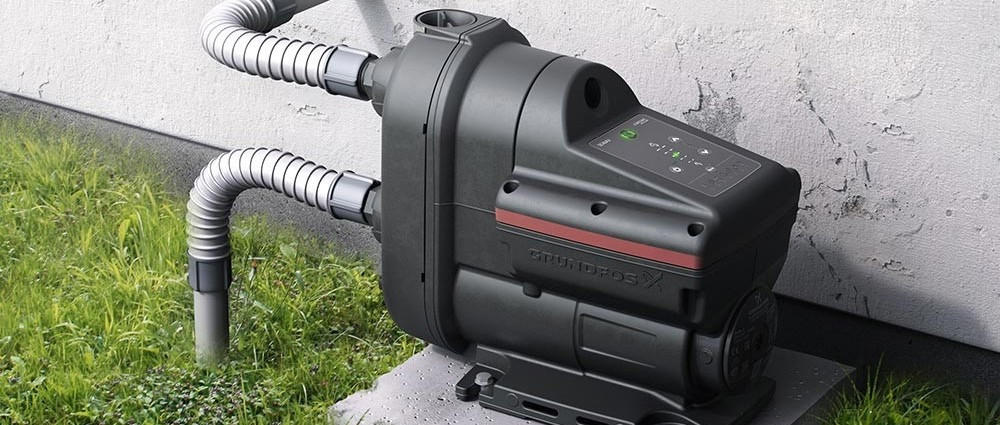

Ease of cleaning
A pump that is easy to clean minimizes downtime and ensures optimal performance. Look for pumps with features such as quick-disconnect couplings or tool-free disassembly for easy cleaning. One product that stands out in terms of ease of cleaning is the Graco Husky 1050 Air-Operated Diaphragm Pump. It is equipped with clamp bands that allow for quick and easy disassembly, facilitating efficient cleaning. Additionally, the Wilden Pro-Flo ADA series of air-operated double-diaphragm pumps are known for their ease of cleaning. These pumps feature a bolted configuration that enables simple access for inspection and maintenance. Overall, pumps that offer hassle-free cleaning mechanisms like these examples can greatly enhance productivity and ensure optimal cleanliness.
Fail-safe features
Fail-safe features can prevent pump damage and costly repairs in the event of malfunctions or adverse operating conditions. For example, the Tsurumi HS2.4S submersible trash pump is equipped with a thermal overload protection feature that automatically shuts off the pump motor if it exceeds the allowed temperature range. Another example is the Grundfos MQ3-35 submersible pressure pump, which incorporates a dry-run protection system to keep the pump from running when there is no water supply, preventing potential damage to the impeller.
In addition to these specific products, the market also offers pumps grouped into various categories based on their fail-safe capabilities. Some pumps are designed with robust built-in safety measures, such as high-temperature and low-liquid level sensors, which can switch off the motor when these limits are reached. Notable examples are the Zoeller M53 sump pump and the Liberty Pumps 257 wastewater pump. Other pumps focus on self-priming abilities to eliminate the risk of dry running when the pump chamber is initially void of liquid, like the Goulds J7S shallow well jet pump and the Davey HP65-08T pressure-controlled boosting pump. Remember to consider fail-safe features when choosing a pump to ensure the longevity and reliability of your pumping system.
Environmental impact
Look for pumps that are designed with energy efficiency in mind, as this can greatly reduce the amount of energy consumed during operation. An example of a product that fits this criteria is the 'Grundfos Magna3' series. These pumps have an energy efficiency index (EEI) value of less than or equal to 0.23, indicating their high level of energy efficiency. Additionally, another option is the 'WilIis TA2472HV-ECO' pump, which features a built-in frequency converter that ensures the pump operates at the most efficient level according to demand, resulting in energy savings of up to 30%.
Another aspect to consider is the materials used in the construction of the pump. Opt for pumps that are made from environmentally-friendly materials, such as those free from harmful chemical substances or with low carbon emissions. For example, the 'Grundfos TP, 'SP' and 'CR' series pumps are all made from stainless steel, ensuring they are both durable and environmentally-friendly. Additionally, the 'KSB Amarex KRT' series pumps use materials that are resistant to corrosion, extending their lifespan and reducing overall waste. By selecting a pump with a minimal environmental impact, you can contribute to a greener future while still meeting your pumping needs.
Price
Price
When choosing the best and right pumps, one important factor to consider is the price. It is essential to find a pump that fits within your budget while also meeting your needs. An excellent budget-friendly option is the Intex Quick-Fill AC Electric Air Pump. This pump offers a powerful airflow of 650 liters per minute and comes with three different nozzle sizes, making it compatible with a variety of inflatables. Another affordable option is the Etekcity Electric Air Pump. This pump features a compact and lightweight design and includes three different nozzle adapters. It can inflate and deflate quickly, making it suitable for various tasks. If budget permits, you may consider the Bosch High-Pressure Pump. This pump provides exceptional performance with a maximum pressure of 100 bar and a flow rate of 300 liters per hour.
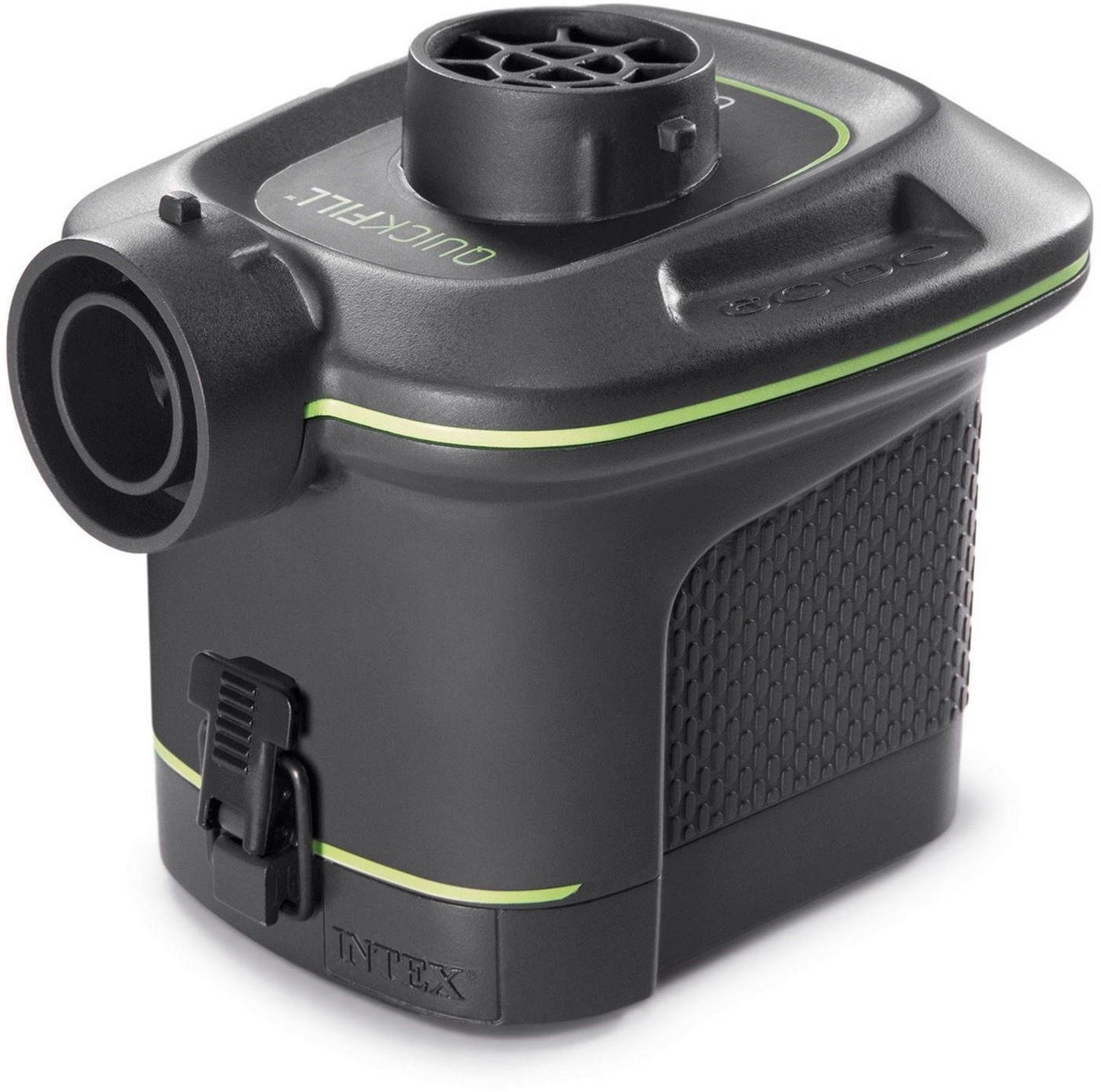
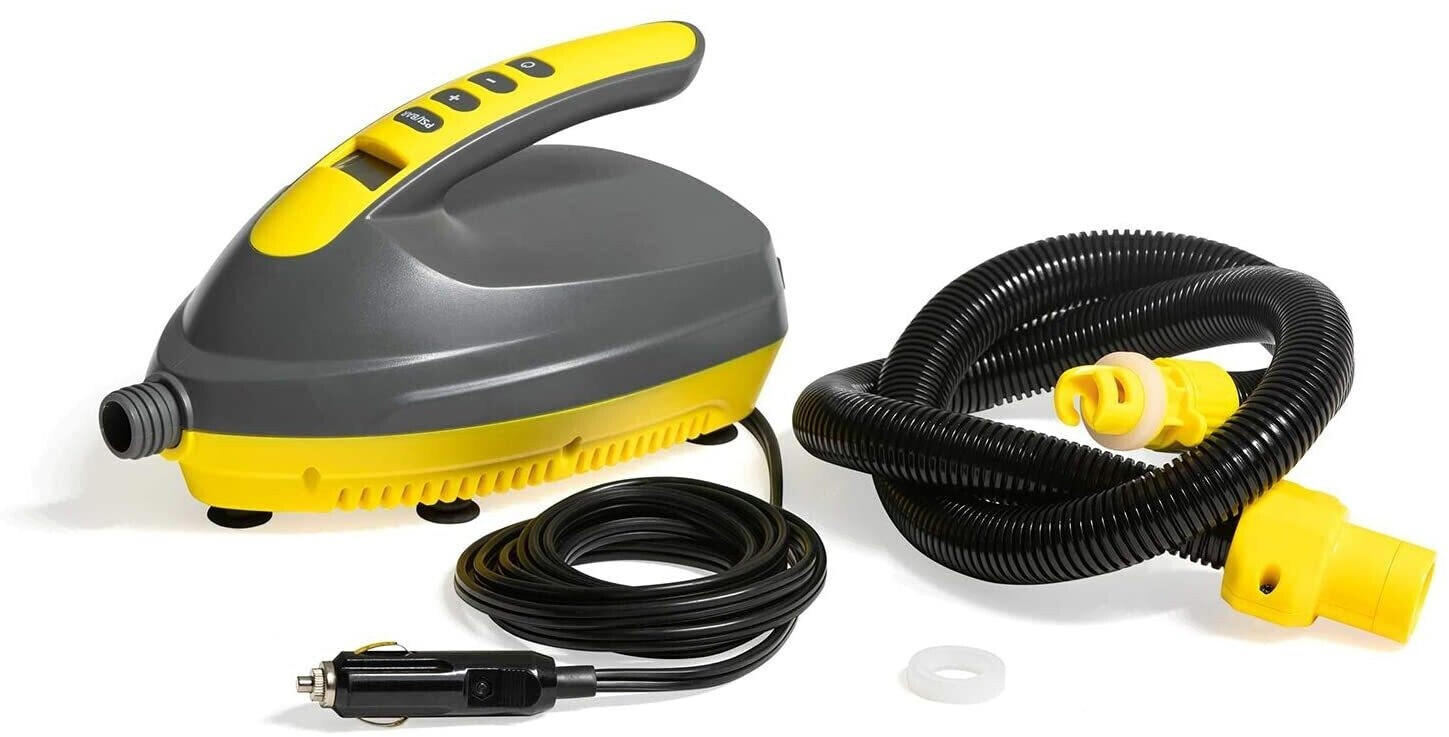
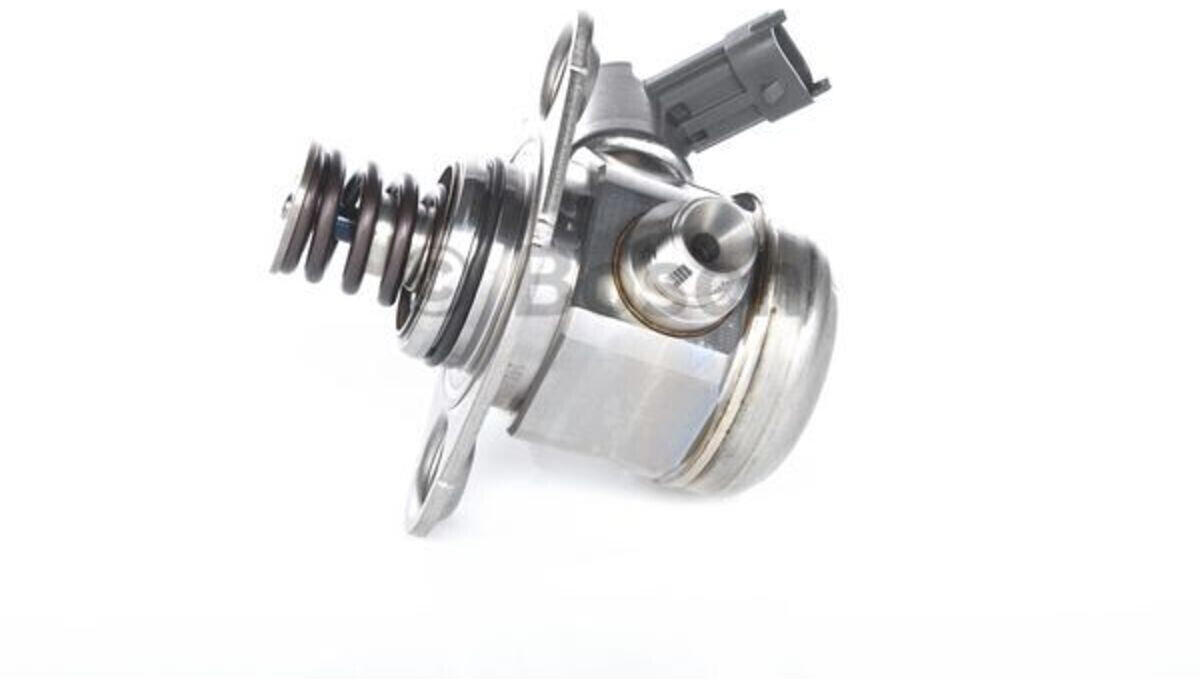
Variety of brands
Different brands have their own strengths and weaknesses, which can greatly impact your purchasing decision. For instance, the Grundfos brand offers a wide range of pumps known for their high-efficiency and reliability. One of their popular products is the Grundfos SQFlex 11 SQF-2 Submersible Solar Pump, which is specifically designed for off-grid applications and delivers water even in remote locations.
On the other hand, Wilfley is another reputable brand known for its robust and durable pumps suitable for handling corrosive and abrasive materials. The Wilfley Kpro® Slurry Pump is one of their flagship products, designed with a heavy-duty construction for handling highly viscous slurries efficiently.
It's important to note that other brands like Goulds and Shurflo also offer reliable pumps and have their own unique features. Some products by Goulds that stand out in the market include the Goulds 5GBFSE1H6B0 submersible water well pump, known for its excellent efficiency and durability. Similarly, for residential applications, the Shurflo 2088-594-154 is a highly recommended self-priming diaphragm pump that can efficiently deliver water at a consistent pressure.
Ultimately, it is crucial to consider the variety of brands available and assess their pros and cons based on factors such as reliability, efficiency, and intended applications before making a decision.